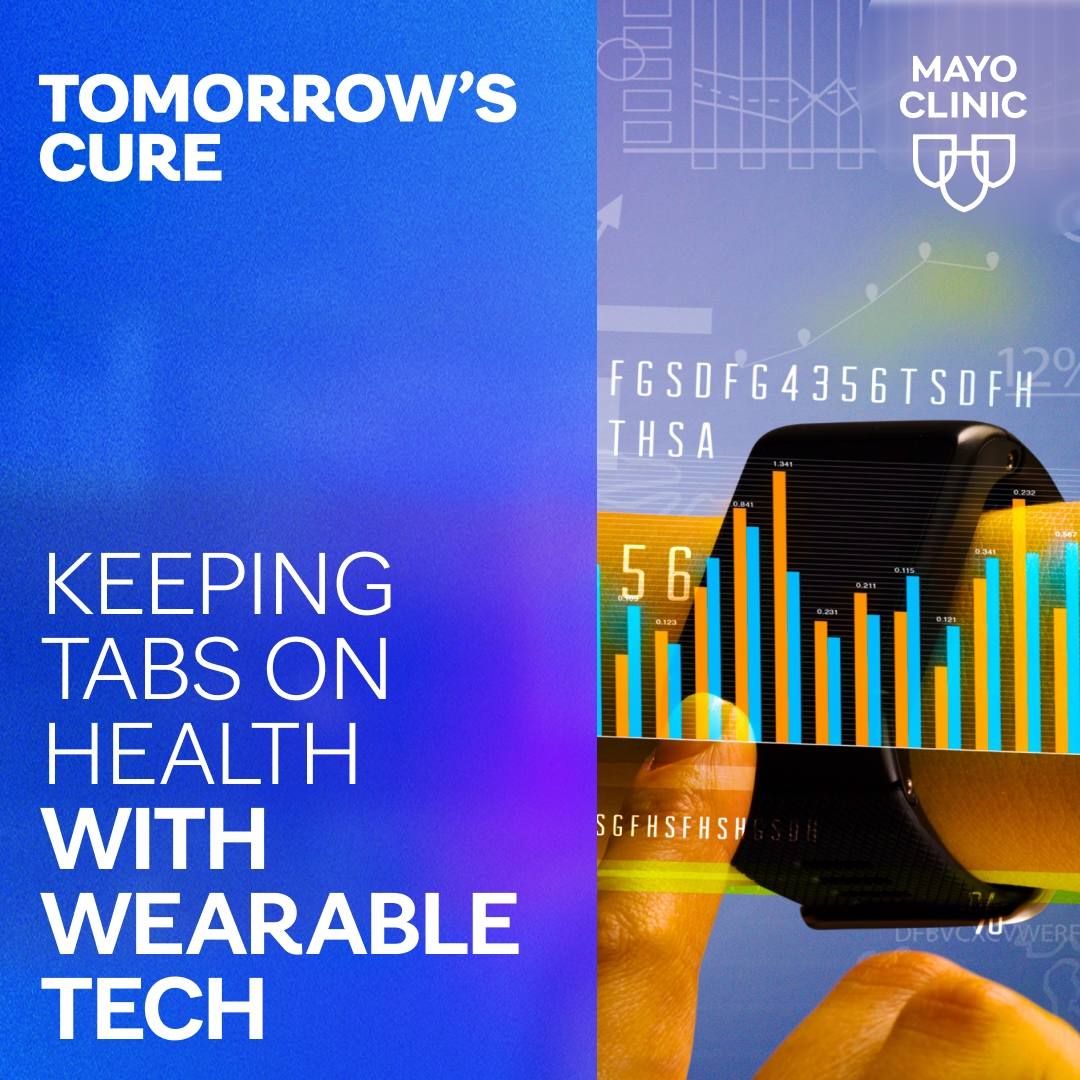-
5 things to know about stroke

A stroke can happen at any time and to anyone. You might be talking to your loved one and notice they're suddenly slurring their words. Or, while grocery shopping, you realize you can't move your hand to pick up a jar from the shelf. You can go from feeling as usual to feeling sick within a matter of seconds to minutes.
Here are five key things to know about stroke:
1. Strokes affect the oxygen and nutrients supplied to your brain.
Strokes occur when nutrients and oxygen are not delivered to the brain through blood vessels, leading to the death of brain cells. This lack of delivery can be caused by a clot in a blood vessel obstructing the blood flow to the brain, known as an ischemic stroke, or when a blood vessel ruptures and prevents blood flow to the brain, known as a hemorrhagic stroke.
Sometimes, the obstruction to the blood flow and the resulting symptoms are caused by a temporary clot and are transient, resulting in a mini-stroke or transient ischemic attack, or TIA.
2. Strokes can happen to anyone.
Strokes can happen to anyone regardless of age, gender or race. Certain risk factors can put you at a higher risk of stroke.
Risk factors are divided into two categories:
- Controllable — the ones you can control or improve
- Uncontrollable — those that are not within your control
Common controllable risk factors include:
- Atrial fibrillation, which increases stroke risk by five times
- Diabetes
- Excessive alcohol intake — an average of more than one drink per day for women or more than two drinks a day for men
- High blood pressure
- High cholesterol
- Illicit drug use
- Obesity
- Obstructive sleep apnea
- Physical inactivity
- Sickle cell anemia
- Smoking or vaping
Uncontrollable risk factors include:
- Gender
- Heredity
- Increasing age
- Race
3. Be prepared to spot the signs of a stroke.
Learn to recognize the signs of stroke quickly.
The American Stroke Association lists these symptoms to help you know when to seek medical care:
- F = Face drooping: Ask the person to smile and see if the smile is uneven.
- A = Arm weakness: Ask the person to raise both arms and see if one arm drifts down.
- S = Speech difficulty: Ask the person to speak and see if the speech is slurred.
- T = Time to call 911: Stroke is an emergency. Call 911 at once. Note the time when any of the symptoms first appear.
Other stroke symptoms to watch for include:
- Numbness of the face, arm or leg, especially on one side of the body
- Sudden confusion, trouble speaking or difficulty understanding speech
- Sudden onset severe headache with no known cause
- Sudden vision issues, such as trouble seeing in one or both eyes
- Trouble walking, loss of balance, dizziness or coordination
If you or someone you are with have any stroke-like symptoms, seek immediate medical care.
4. A stroke is a medical emergency.
Every second counts when someone is experiencing a stroke. Once a stroke starts, the brain loses around 1.9 million neurons each minute. For every hour without treatment, the brain loses as many neurons as it typically does in nearly 3.6 years of regular aging.
While waiting for paramedics, do these things if possible:
- If the person is conscious, lay them down on their side with their head slightly raised and supported to prevent falls.
- Loosen any restrictive clothing that could cause breathing difficulties.
- If weakness is obvious in any limb, support it and avoid pulling on it when moving the person.
- If the person is unconscious, check their breathing and pulse, and put them on their side.
- If they do not have a pulse or are not breathing, start CPR straight away.
- Do not give them anything to eat or drink if you feel they may have trouble swallowing.
5. Women have an increased risk of stroke.
According to the American Stroke Association, stroke is the third most common cause of death in women. Over 90,000 women die from a stroke in the U.S. each year. Every 1 in 5 women will have a stroke, and about 55,000 more women than men have a stroke each year, with Black women having the highest prevalence of stroke.
The risk of stroke increases in women who have atrial fibrillation, migraines with aura, smoke, take birth control pills, use hormonal replacement therapy, are pregnant or have preeclampsia.
Talk to your healthcare team about your stroke risk and ways to lower your risk by addressing controllable factors.
Prashant Natteru, M.B.B.S., M.D., is a neurologist in La Crosse, Wisconsin.
This article first published on the Mayo Clinic Health System blog.







